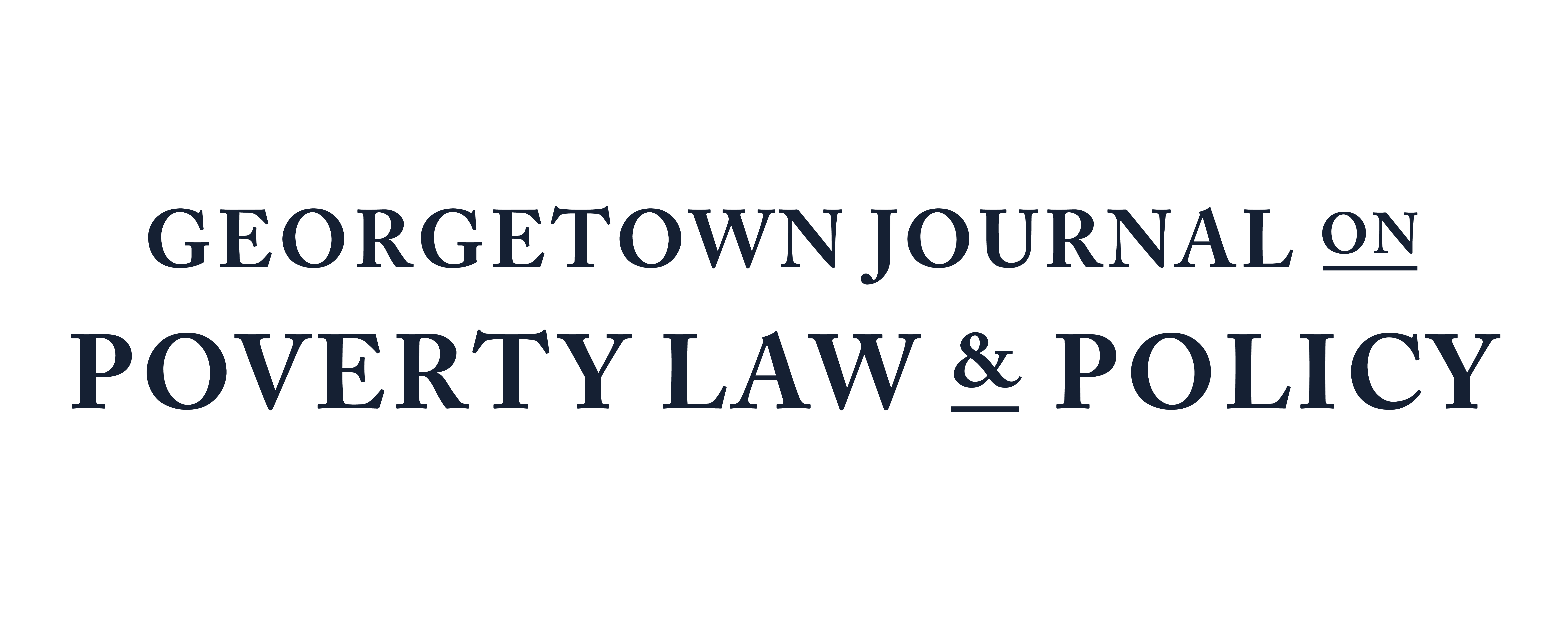Transition Design as Health Justice Praxis
The movement for health justice advances a vision of equity that centers the communities most impacted by health disparities. Amplifying marginalized voices through community-led problem solving disrupts the power imbalance of structural subordination, recognizes the limited capacity of legal institutions to secure health equity, and acknowledges the role that communal ties play in sustaining change efforts. Though health justice is well theorized, there is a gap in the scholarship related to its praxis – i.e., the intersection of theory and practice. Because community-led policy and problem-solving is integral to the realization of health justice, identifying practical means for producing such interventions is essential. This Article advances transition design as a tool for realizing the community-centered problem solving aims of the health justice movement. Transition design is a six-step process for framing, analyzing, and addressing complex social challenges. When used to advance health justice, this process engages participants in “designing the transition” from current structural inequities toward a reality in which socio-economic status poses no barrier to accessing the social determinants of health. This Article argues that using transition design to engage with communities advances health justice praxis. Such praxis includes a structural perspective on the causes of health inequity; a pluriversal perspective on who constitutes “the community”; and a decolonial perspective on community engagement. This Article contributes to the scholarship in both health justice and law & design by demonstrating how transition design can be used to put the ideals of health justice into practice.
Continue reading Transition Design as Health Justice Praxis
Subscribe to GJPLP
